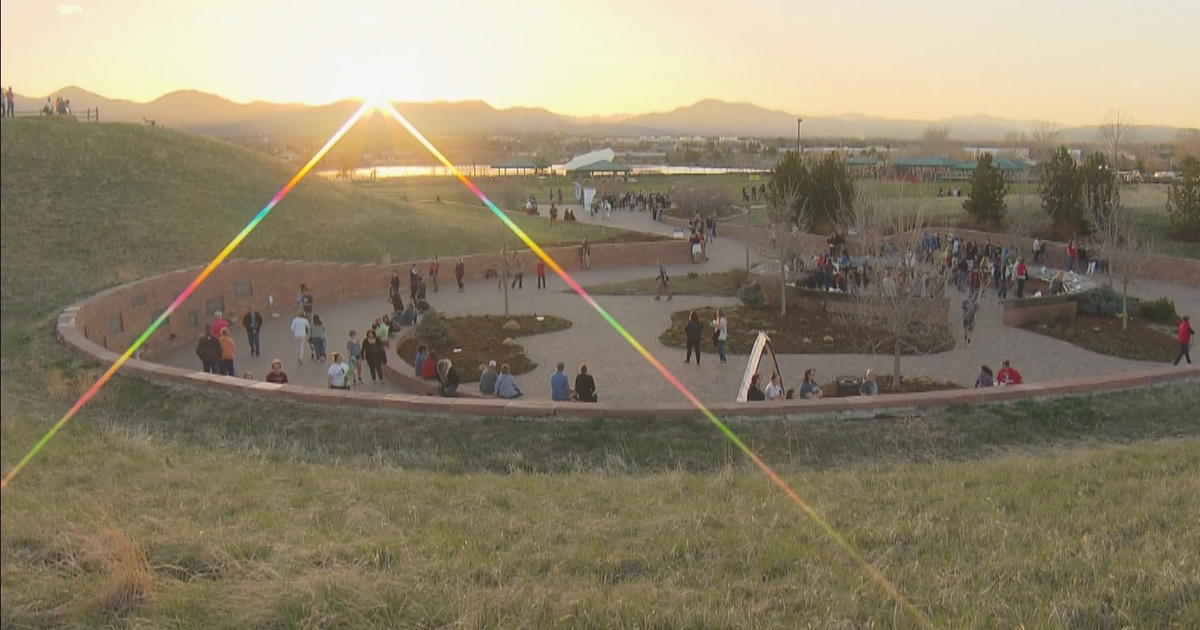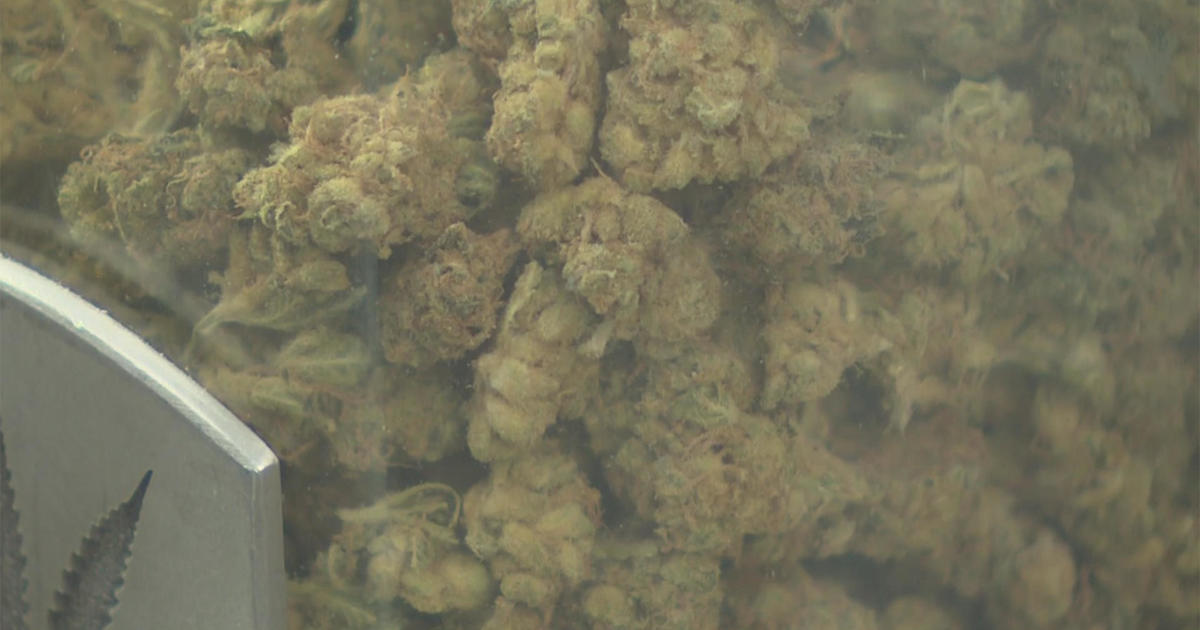Mountain Hail Could Be A Thing Of The Past
BOULDER, Colo. (CBS4) - The long-range forecast -- really long range -- calls for the end of hail in the mountains. That's the prediction for the year 2070, according to new joint research.
The research was done in Boulder at the National Oceanic and Atmospheric Administration (NOAA), the National Center for Atmospheric Research (NCAR), and the University of Colorado.
It's not uncommon for hail to pound Colorado. In the mountains summertime hailstorms are common, but perhaps not for long. The new research suggests that 60 years from now small, pea sized hail in Colorado's mountains could be a thing of the past.
"Above 9,000 feet we saw a lot of hail in the past simulations and we saw next to none in the future simulations," CIRES atmospheric researcher Kelly Mahoney said.
Mahoney is part of a research team that applied global climate models to Colorado and found that warmer air, especially over the mountains, will mean an end to the common pea-sized hail showers by 2070.
"What we were finding is no hail for as high as the Colorado mountains get," Mahoney said. "We were finding an elimination of hail at the surface, period."
Mahoney said there may actually be more small hail in the atmosphere, it just won't reach the ground.
"There's a lot of hail in the clouds. The storms are still very intense. The storms are still producing hailstones," Mahoney said. "They're just small enough that the increase in temperature in the air that the hail has to fall through is able to melt it."
Hail is a lot like snow -- when it falls it stays put for a bit. It doesn't just flow downstream. So no hail could mean more flash flooding.
"That is the implication. If it's no longer taking time to melt and it's instantly water, then that's a flood risk potential," Mahoney said.
Mahoney said it's also useful research for Colorado's water managers to know what form the water will take when it reaches the ground in the future.
As for the larger, more destructive hailstones that sometimes pound the Front Range, the research did not look at whether farmers, gardeners, and car windshields can also expect some relief in the future.
The hail study uses a climate change model that assumes a 59 percent increase in greenhouse gasses over the next 6 decades.



